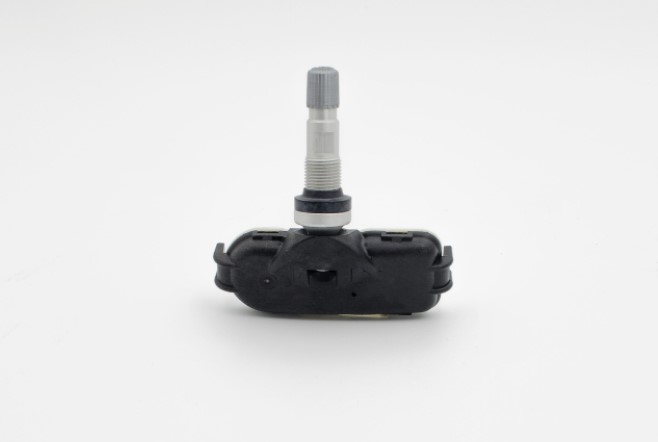As you might expect pressure sensors are devices designed for measuring pressure. They’re essential to industries including technology, manufacturing, energy conservation, and medicine for quality and process control.
This article will dive into the details about pressure sensors, including how they work and some popular applications. We’ll then finish by discussing some future predictions for pressure sensing technology.
What is a pressure sensor?
A pressure sensor is a device designed for measuring the applied pressure of liquids and gases, with pressure meaning the force necessary to prevent fluid from expanding. These devices can also often take other measurements, such as depth and flow.
There are many kinds of pressure sensors, which we usually categorise by their operative temperature ranges, pressure ranges, and the kind of pressure they measure. Some examples include:
- Gauge pressure sensors
- Absolute pressure sensors
- Differential pressure sensors
- Sealed pressure sensors
- Vacuum pressure sensors
How do pressure sensors work?
Pressure sensors work by converting mechanical displacement detected by the sensor into an electrical signal. However, there are several different pressure-sensing technologies through which this process occurs.
The four main technologies are:
- Capacitive
- Resistive
- Piezoelectric
- Optical
Capacitive pressure sensors are extremely sensitive, meaning they can measure low pressure regardless of large overloads. These sensors use a pressure cavity and diaphragm to detect strain from applied pressure. As pressure warps the diaphragm, capacitance decreases.
Resistive pressure sensors use a combination of a diaphragm and a connected strain gauge. The sensor detects electrical resistance within the strain gauge to determine the pressure level.
Optical pressure sensors use ‘interfermetry’, which is a technique that measures changes in displacement through light waves. In this case, the sensor detects pressure changes in the device’s optical fibres. These sensor types are great for medical or noisy environments since electromechanical interference will not affect them.
Piezoelectric pressure sensors work upon the piezoelectric effect, which is an electric charge that can accumulate in materials like quartz and certain ceramics. These sensors use the piezoelectric principle to measure strain upon the sensing mechanism and are best for highly dynamic applications.
Applications of pressure sensors—from engineering to medicine
Pressure sensors have broad industrial applications, especially since you can use them to measure altitude, flow, and depth along with pressure. They’re also a popular choice for leak detection.
For pressure sensing, which is stated as a force per unit area, the devices are useful in the following applications:
- Aircraft, i.e. cabin pressure
- Automobiles, i.e. hydraulic brakes
- Weather instrumentation, i.e. atmospheric or barometric pressure
- Medical, i.e. blood pressure monitoring and hyperbaric therapy
Combining pressure sensing technology with the venturi effect makes it possible to measure flow. This process involves measuring the differential pressure between two parts of a venturi tube. Flow sensing technology is necessary for applications, including leak and pollution detection.
The future of pressure sensing technology
Pressure sensing technology is a rapidly growing industry, especially with modern advancements in artificial intelligence and IoT. In the future, we can expect to see increasingly more efficient and accurate sensors used for everything from crash testing to life-saving medical procedures.

